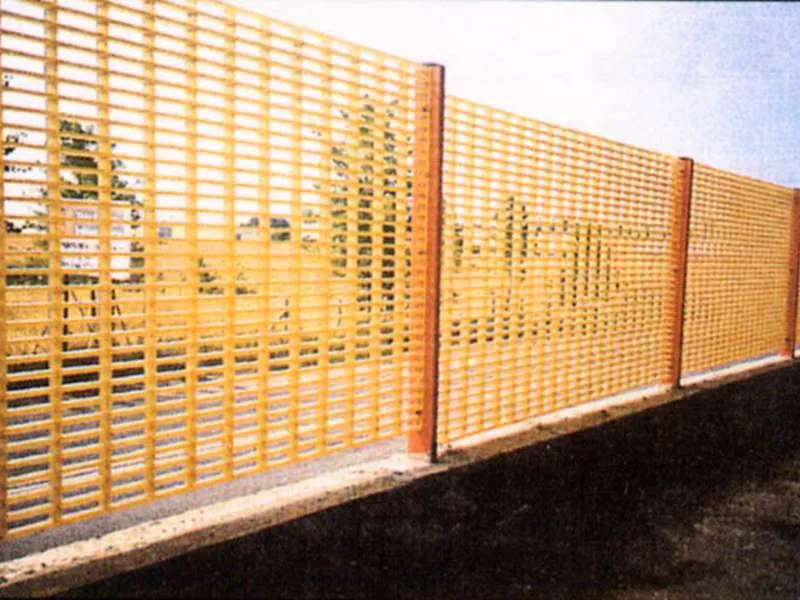
-
 Afrikaans
Afrikaans -
 Albanian
Albanian -
 Amharic
Amharic -
 Arabic
Arabic -
 Armenian
Armenian -
 Azerbaijani
Azerbaijani -
 Basque
Basque -
 Belarusian
Belarusian -
 Bengali
Bengali -
 Bosnian
Bosnian -
 Bulgarian
Bulgarian -
 Catalan
Catalan -
 Cebuano
Cebuano -
 China
China -
 China (Taiwan)
China (Taiwan) -
 Corsican
Corsican -
 Croatian
Croatian -
 Czech
Czech -
 Danish
Danish -
 Dutch
Dutch -
 English
English -
 Esperanto
Esperanto -
 Estonian
Estonian -
 Finnish
Finnish -
 French
French -
 Frisian
Frisian -
 Galician
Galician -
 Georgian
Georgian -
 German
German -
 Greek
Greek -
 Gujarati
Gujarati -
 Haitian Creole
Haitian Creole -
 hausa
hausa -
 hawaiian
hawaiian -
 Hebrew
Hebrew -
 Hindi
Hindi -
 Miao
Miao -
 Hungarian
Hungarian -
 Icelandic
Icelandic -
 igbo
igbo -
 Indonesian
Indonesian -
 irish
irish -
 Italian
Italian -
 Japanese
Japanese -
 Javanese
Javanese -
 Kannada
Kannada -
 kazakh
kazakh -
 Khmer
Khmer -
 Rwandese
Rwandese -
 Korean
Korean -
 Kurdish
Kurdish -
 Kyrgyz
Kyrgyz -
 Lao
Lao -
 Latin
Latin -
 Latvian
Latvian -
 Lithuanian
Lithuanian -
 Luxembourgish
Luxembourgish -
 Macedonian
Macedonian -
 Malgashi
Malgashi -
 Malay
Malay -
 Malayalam
Malayalam -
 Maltese
Maltese -
 Maori
Maori -
 Marathi
Marathi -
 Mongolian
Mongolian -
 Myanmar
Myanmar -
 Nepali
Nepali -
 Norwegian
Norwegian -
 Norwegian
Norwegian -
 Occitan
Occitan -
 Pashto
Pashto -
 Persian
Persian -
 Polish
Polish -
 Portuguese
Portuguese -
 Punjabi
Punjabi -
 Romanian
Romanian -
 Russian
Russian -
 Samoan
Samoan -
 Scottish Gaelic
Scottish Gaelic -
 Serbian
Serbian -
 Sesotho
Sesotho -
 Shona
Shona -
 Sindhi
Sindhi -
 Sinhala
Sinhala -
 Slovak
Slovak -
 Slovenian
Slovenian -
 Somali
Somali -
 Spanish
Spanish -
 Sundanese
Sundanese -
 Swahili
Swahili -
 Swedish
Swedish -
 Tagalog
Tagalog -
 Tajik
Tajik -
 Tamil
Tamil -
 Tatar
Tatar -
 Telugu
Telugu -
 Thai
Thai -
 Turkish
Turkish -
 Turkmen
Turkmen -
 Ukrainian
Ukrainian -
 Urdu
Urdu -
 Uighur
Uighur -
 Uzbek
Uzbek -
 Vietnamese
Vietnamese -
 Welsh
Welsh -
 Bantu
Bantu -
 Yiddish
Yiddish -
 Yoruba
Yoruba -
 Zulu
Zulu
FRP Pipes and Fittings in Maritime Engineering and Shipbuilding Applications
The Role of FRP Pipes and Fittings in Ship Construction
In the ever-evolving maritime industry, ship construction techniques and materials are continuously adapting to meet the demands of modern engineering and sustainability. One of the most significant advancements in this field is the utilization of Fiber Reinforced Polymer (FRP) pipes and fittings. These composite materials have revolutionized various aspects of shipbuilding, offering enhanced performance, durability, and cost-effectiveness compared to traditional materials.
Understanding FRP
Fiber Reinforced Polymer (FRP) comprises a polymer matrix reinforced with fibers, typically made from glass, carbon, or aramid. This combination gives FRP materials exceptional strength-to-weight ratios, corrosion resistance, and the ability to withstand extreme environmental conditions. In ship construction, these properties are crucial due to the harsh marine environment and the need for lightweight yet robust structures.
Advantages of Using FRP in Ship Construction
1. Corrosion Resistance One of the standout features of FRP is its remarkable resistance to corrosion. Traditional metal materials, like steel, are prone to rust and degradation when exposed to seawater. FRP, on the other hand, does not corrode, which significantly extends its lifespan. This resistance reduces maintenance costs and prolongs the overall durability of the ship.
2. Lightweight Design Weight is a critical factor in ship design, as it directly impacts fuel efficiency, speed, and overall performance. FRP pipes and fittings are considerably lighter than their metal counterparts without sacrificing strength. This advantage allows shipbuilders to design more efficient vessels that require less energy to operate, contributing to lower emissions and operational costs.
3. Ease of Installation FRP materials are easy to handle and install, thanks to their light weight and versatile design. The integration of FRP pipes and fittings into ship systems can be completed more quickly than traditional materials, leading to reduced labor costs and faster construction timelines. This ease also extends to repairs and modifications, which can be executed with minimal disruption.
frp pipes and fittings utilized in ship construction

4. Thermal and Acoustic Properties FRP provides excellent thermal insulation, which can help maintain optimal temperatures in specific areas of the ship, such as engine rooms and living quarters. Additionally, its acoustic properties contribute to noise reduction, enhancing the comfort of those aboard.
5. Cost-Efficiency While the initial investment in FRP materials may be higher than that for traditional materials, the long-term savings from reduced maintenance, lower fuel consumption, and extended service life make FRP an economically viable option in ship construction.
Applications of FRP in Shipbuilding
FRP pipes and fittings have various applications in ship construction, including
- Piping Systems FRP is commonly used in water and sewage systems within ships, providing a reliable solution that resists corrosion and biofouling. - Ballast Tanks The lightweight nature of FRP makes it an ideal choice for ballast tank construction, enabling better weight distribution and increased stability. - Deck Equipment Components such as handrails, ladders, and supports can be constructed from FRP, offering both safety and durability.
Conclusion
The integration of Fiber Reinforced Polymer pipes and fittings in ship construction represents a significant advancement in maritime engineering. With their multitude of advantages, including corrosion resistance, lightweight design, and cost-efficiency, FRP materials contribute to the creation of more sustainable, efficient, and robust vessels. As the industry continues to innovate and embrace new technologies, the use of FRP is expected to grow, shaping the future of shipbuilding and enhancing the overall maritime experience. The ongoing research and development in FRP technologies promise a new horizon for resilient and efficient ship construction, aligning with the industry's goals for sustainability and performance.
Latest news
-
Exploring the Benefits of Top Hammer Drifter Rods for Enhanced Drilling PerformanceNewsJun.10,2025
-
High-Precision Fiberglass Winding Machine for GRP/FRP Pipe Production – Reliable & Efficient SolutionsNewsJun.10,2025
-
FRP Pipes & Fittings for Shipbuilding - Corrosion-Resistant & LightweightNewsJun.09,2025
-
Premium FRP Flooring Solutions Durable & Slip-ResistantNewsJun.09,2025
-
Premium Fiberglass Rectangular Tanks Durable & Lightweight SolutionNewsJun.09,2025
-
Tapered Drill String Design Guide Durable Performance & UsesNewsJun.09,2025









